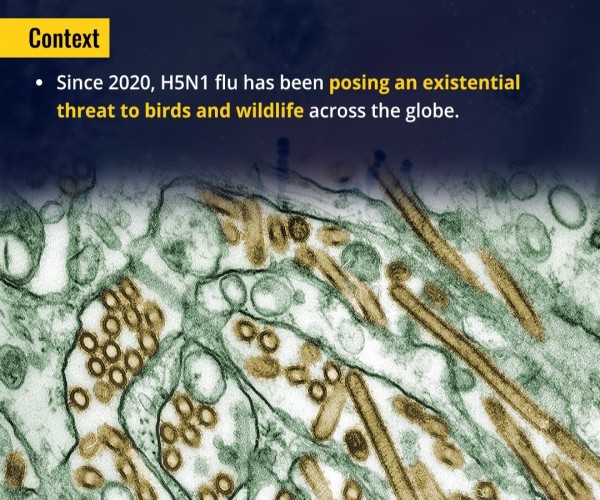
Bird Flu
Bird Flu, New Zealand’s renowned for its stunning landscapes, but the island nation could soon face a new challenge – the potential arrival of H5N1 bird flu. Experts warn that the spread of this highly pathogenic avian influenza strain to New Zealand is becoming increasingly probable.
The H5N1 virus, notorious for its devastating impact on poultry and occasional transmission to humans, has been circulating in bird populations across several continents. With global travel and trade being ever more interconnected, the risk of H5N1 reaching New Zealand is more than just a possibility – it’s a looming threat.
The nation’s unique biodiversity and reliance on agriculture make it particularly vulnerable to the introduction of new diseases. The arrival of H5N1 could have severe consequences for both animal and human health, as well as economic repercussions for the agricultural sector.
Preventive measures are crucial in mitigating the potential spread of the virus. These include strict biosecurity protocols at borders, heightened surveillance in domestic bird populations, and public awareness campaigns to educate citizens about the risks and preventive measures.
While New Zealand has a robust health system, preparing for the possible arrival of H5N1 requires proactive measures and international cooperation. By staying vigilant and implementing preventive strategies, New Zealand can better protect its people, wildlife, and economy from the threat of H5N1 bird flu.

Human Health
The potential arrival of H5N1 bird flu in New Zealand could have significant implications for human health. H5N1 is known for its high mortality rate in humans, with cases often resulting in severe respiratory illness and pneumonia. If the virus were to spread to humans in New Zealand, it could lead to outbreaks of illness, placing strain on the healthcare system and posing a risk to public health.
Furthermore, H5N1 has the potential for human-to-human transmission, although such occurrences have been rare thus far. However, any instance of human transmission raises concerns about the virus’s ability to cause a widespread pandemic if it were to acquire the capability for efficient human-to-human spread.
In preparation for the possible introduction of H5N1, health authorities would need to implement measures to monitor for human cases, enhance surveillance systems, and ensure access to appropriate medical care and antiviral medications. Public health campaigns would also be necessary to educate the population about the symptoms of avian influenza and the importance of seeking medical attention promptly.
Overall, the potential impact of H5N1 on humans in New Zealand underscores the importance of preparedness and swift action to prevent and control outbreaks of avian influenza.
Preventing the spread of H5N1 bird flu in New Zealand requires a multifaceted approach involving various stakeholders and strategies:
- Biosecurity Measures: Implement stringent biosecurity protocols at borders to prevent the entry of infected birds or contaminated poultry products. This includes strict monitoring of imports, quarantine procedures, and disinfection measures.
- Surveillance and Monitoring: Enhance surveillance systems to detect any signs of H5N1 in bird populations, both domestic and wild. Early detection is key to containing the spread of the virus and preventing outbreaks.
- Avian Health Management: Improve biosecurity practices on poultry farms to minimize the risk of introduction and transmission of H5N1 among domestic birds. This includes proper sanitation, limiting contact with wild birds, and implementing vaccination programs where appropriate.
- Public Awareness and Education: Educate the public, farmers, and poultry workers about the risks of H5N1 bird flu and the importance of preventive measures. This includes raising awareness about proper hygiene practices, such as handwashing and avoiding contact with sick birds.
- International Collaboration: Foster cooperation with neighboring countries and international organizations to share information, resources, and best practices for controlling avian influenza. Collaborative efforts are essential for addressing the global spread of H5N1 and other infectious diseases.
- Research and Vaccine Development: Invest in research to better understand the behavior and transmission dynamics of H5N1 and develop effective vaccines for both birds and humans. Vaccination can play a crucial role in preventing outbreaks and reducing the severity of illness in both poultry and humans.
By implementing these preventive measures and remaining vigilant, New Zealand can reduce the risk of H5N1 bird flu introduction and protect both animal and human health.





I learned a lot from this article. Keep up the great work!